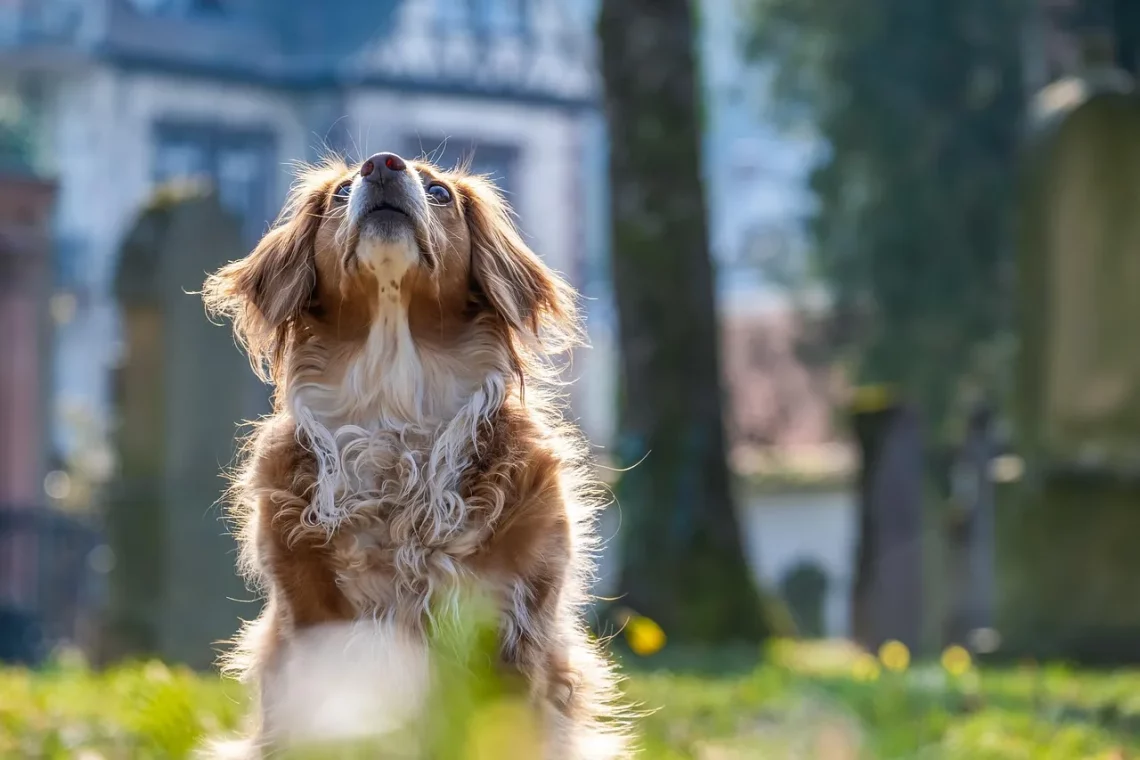
Exploring the Unique Characteristics of the Blue GSD Breed
The Blue German Shepherd Dog (GSD) is a breed that captivates dog lovers with its striking appearance and unique personality traits. This variation of the traditional German Shepherd showcases a beautiful blue coat, which results from a recessive gene that alters the pigmentation of the fur. While the blue coat is certainly eye-catching, it is the combination of intelligence, loyalty, and versatility that truly makes the Blue GSD stand out among its peers.
Despite their unique coloring, these dogs share many characteristics with their more commonly colored counterparts. They are known for their strong work ethic, high energy levels, and unwavering loyalty to their families. These attributes make them not only excellent companions but also ideal working dogs in various fields such as police and military, search and rescue, and service roles.
Understanding the distinct traits of the Blue GSD can help potential owners appreciate this breed’s needs and strengths, ensuring a more harmonious relationship between the dog and its family. In the following sections, we will delve deeper into the unique characteristics of the Blue German Shepherd, covering aspects such as their physical traits, temperament, care requirements, and training.
Physical Characteristics of the Blue GSD
The physical appearance of the Blue German Shepherd is one of its most defining features. The blue color can range from a pale, silvery hue to a deep, rich slate, often accompanied by a black saddle marking on the back. This striking coloration is the result of a dilution gene that affects the black pigment in the coat, creating a unique visual appeal.
In terms of size, Blue GSDs are well-proportioned and robust, similar to their traditional counterparts. Males typically weigh between 65 to 90 pounds and stand 24 to 26 inches tall at the shoulder, while females usually weigh between 50 to 70 pounds and stand about 22 to 24 inches tall. Their strong, muscular build contributes to their agility and strength, making them capable of both intense physical activity and endurance.
One notable characteristic of the Blue German Shepherd is its expressive eyes. Often amber or brown, these eyes convey intelligence and alertness. The breed’s ears are also a distinctive feature; they are large, erect, and triangular, allowing for excellent hearing capabilities. This acute sense of hearing, combined with their keen sense of smell, makes them exceptional working dogs.
The coat of a Blue GSD is double-layered, consisting of a dense undercoat and a harsher outer coat. This not only provides protection against various weather conditions but also requires regular grooming to maintain its health and shine. Owners should be prepared for shedding, especially during seasonal changes, and regular brushing will help minimize loose fur around the house.
Overall, the physical characteristics of the Blue German Shepherd are not only aesthetically pleasing but are also functional, contributing to the breed’s versatility in various roles.
Temperament and Personality Traits
The temperament of the Blue German Shepherd is often described as loyal, intelligent, and confident. These dogs are known to form strong bonds with their families, displaying a protective instinct that makes them excellent guardians. Their loyalty is unwavering, and they thrive on companionship, making them suitable family pets and working partners.
Blue GSDs are highly intelligent dogs. They possess a strong desire to learn and excel, which is why they often perform well in obedience training and other canine sports. This intelligence can also lead to boredom if their mental and physical stimulation needs are not met. Therefore, it’s crucial for owners to engage their Blue GSDs in regular activities, such as agility training, obedience classes, and interactive play, to keep them mentally sharp and physically fit.
Socialization is another critical aspect of their upbringing. Exposing Blue German Shepherds to various people, pets, and environments from an early age helps them develop into well-rounded adults. This breed can be reserved with strangers, but with proper socialization, they can learn to be friendly and approachable.
However, it’s important to note that their protective nature can sometimes lead to over-guarding behaviors. Hence, early training and socialization are essential to ensure they distinguish between genuine threats and everyday situations.
Overall, the Blue GSD’s temperament is a blend of loyalty, intelligence, and confidence, making them both a loving family companion and a capable working dog.
Care and Maintenance for Your Blue GSD
Proper care and maintenance are crucial for the health and happiness of any dog, and the Blue German Shepherd is no exception. Their unique coat requires regular grooming to prevent matting and to control shedding. Owners should aim to brush their Blue GSD at least once a week, increasing the frequency during shedding seasons. Regular baths are also recommended, but over-bathing should be avoided, as it can strip essential oils from their skin.
Nutrition plays a vital role in maintaining the overall health of a Blue GSD. A high-quality diet that meets their specific nutritional needs is essential. Owners should consult with a veterinarian to determine the best diet based on the dog’s age, weight, and activity level. It’s also crucial to monitor their weight, as this breed can be prone to obesity if not properly managed.
Exercise is another fundamental aspect of care for Blue German Shepherds. These dogs are highly active and require substantial physical activity to stay healthy and happy. Daily walks, playtime in a secure yard, and engaging in dog sports are excellent ways to ensure they receive adequate exercise. Mental stimulation is equally important; puzzle toys, training sessions, and interactive games can help keep their minds engaged.
Regular veterinary check-ups are also essential to catch any potential health issues early. Blue GSDs can be prone to certain genetic health conditions, such as hip dysplasia and degenerative myelopathy. Ensuring that they receive routine vaccinations, parasite prevention, and dental care will contribute to a longer, healthier life.
In summary, proper care and maintenance of a Blue German Shepherd involve grooming, nutrition, exercise, and regular veterinary visits. By adhering to these guidelines, owners can ensure their dogs remain healthy and happy throughout their lives.
Training Your Blue German Shepherd
Training is a vital component of raising a Blue German Shepherd, as it not only enhances the bond between the dog and its owner but also helps instill good behavior. Given their intelligence and eagerness to please, Blue GSDs typically respond well to training when approached with positive reinforcement techniques.
Starting training at a young age is beneficial, as puppies are more receptive to learning. Basic commands such as sit, stay, and come should be introduced early on. Consistency is key; using the same commands and rewards will help the dog understand what is expected of them. Positive reinforcement, such as treats, praise, or playtime, can motivate them to learn and obey commands.
Socialization is an equally important aspect of training for Blue GSDs. Exposing them to various environments, sounds, people, and other animals helps them become well-adjusted adults. Puppy classes can be an excellent way for young dogs to learn social skills and meet other dogs in a controlled setting.
As Blue GSDs mature, advanced training can be pursued. This breed excels in obedience competitions, agility courses, and even protection training. Engaging them in these activities not only provides mental and physical stimulation but also strengthens the bond between the dog and its owner.
Consistency, patience, and positive reinforcement are fundamental to successful training. Blue German Shepherds thrive on structure and routine, so establishing a training schedule can further enhance their learning experience. Moreover, they enjoy tasks that challenge their intelligence, making them excellent candidates for various dog sports and roles.
In conclusion, training a Blue German Shepherd requires dedication and patience but can lead to a well-behaved and fulfilling relationship between the dog and its owner. By utilizing positive reinforcement and providing consistent training, owners can help their Blue GSDs reach their full potential.
In summary, the Blue German Shepherd is a captivating breed that offers a unique blend of beauty, intelligence, and loyalty. Proper care, training, and understanding of their temperament can result in a harmonious relationship that benefits both the dog and its owner.
**Disclaimer: This article is for informational purposes only and should not be considered medical advice. For any health concerns regarding your pet, please consult a veterinarian.**




